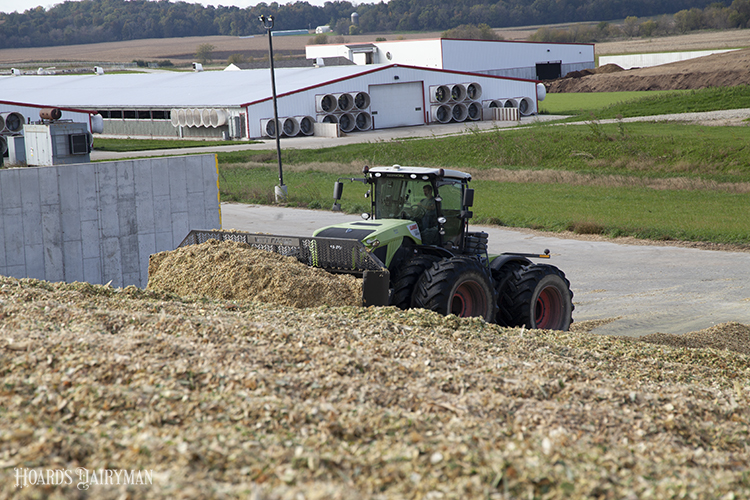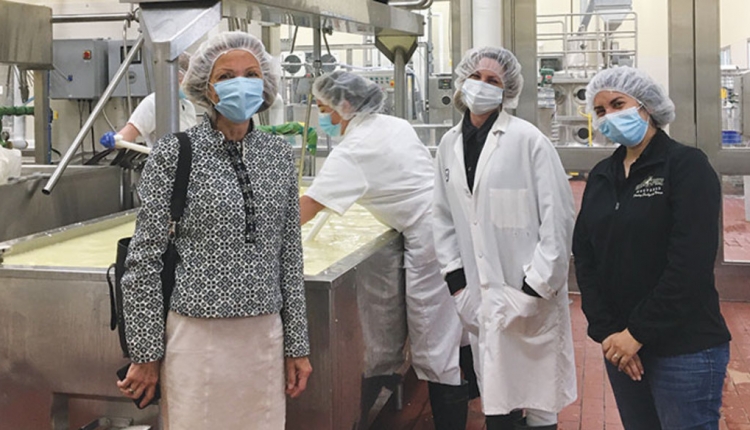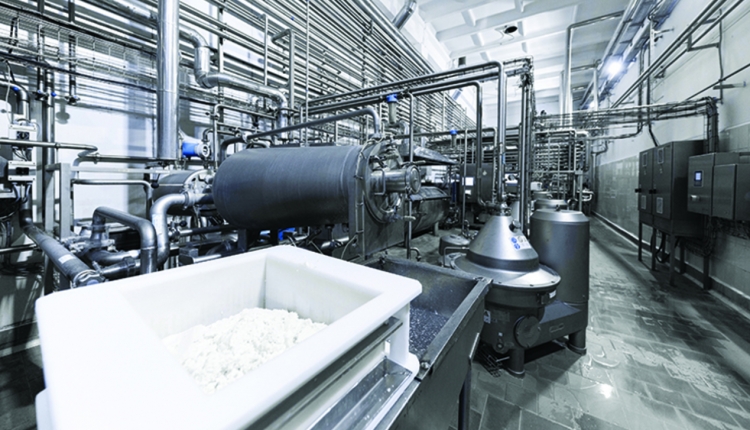
“The first impression we have about the 2020 corn silage is that it looks like a very good crop,” said Luiz Ferrareto, ruminant nutrition specialist with University of Wisconsin-Madison Department of Dairy Science and Extension.
In terms of starch, ash, and digestibility, comparing 2020 to the last two years look the same on paper. However, Ferrareto said, if you dig deeper and look into fiber quality and digestibility, this year looks even slightly better.
“If you have very good quality forage, like the 2020 corn silage looks like . . . you can increase efficiency and consequently, income over feed cost,” Ferrareto said during UW-Madison Extension’s “Feeding the 2020 Corn Silage Crop.” “So perhaps there is opportunity this year to establish a little bit higher forage diets without any issues, because the stability values are good.”
The slightly higher digestibility can translate to enhanced cow performance.
“Basically what we can expect is that if you feed low digestibility diets in terms of fiber, cows will have between 5% and 15% lower intake and spend 5% to 20% more time in the feedbunk,” Ferrareto said. “So, because corn silage looks much better in 2020 from a fiber digestibility perspective, perhaps intakes will be good, and animals will consume for a smaller period of time, and perhaps spend more time resting and ruminating.”
What about starch levels?
The data also shows that the 2020 corn silage crop has positive starch numbers.
“I think the main impact that we have with starch is either a benefit directly on milk production, or sometimes animals may not produce more, but they may eat a little bit less. So you may have some benefits on feed efficiency, and I believe this year we may have a good case for that,” Ferrareto said.
Even though 2020 corn silage was good overall, some producers had to deal with drought-stressed corn, which brings its own set of challenges, including variability, potential for ash contamination, soil contamination, yeasts, molds, mycotoxins, and nitrates.
“Every time we have a drought year, there’s a lot of discussion about nitrate . . . if you have very high nitrate in your silo, this may be an issue not only for your cows, but also for people who work with that silo, because it might be toxic,” he said.

The author and her family own and operate a sixth-generation dairy farm near St. Johns, Mich.








